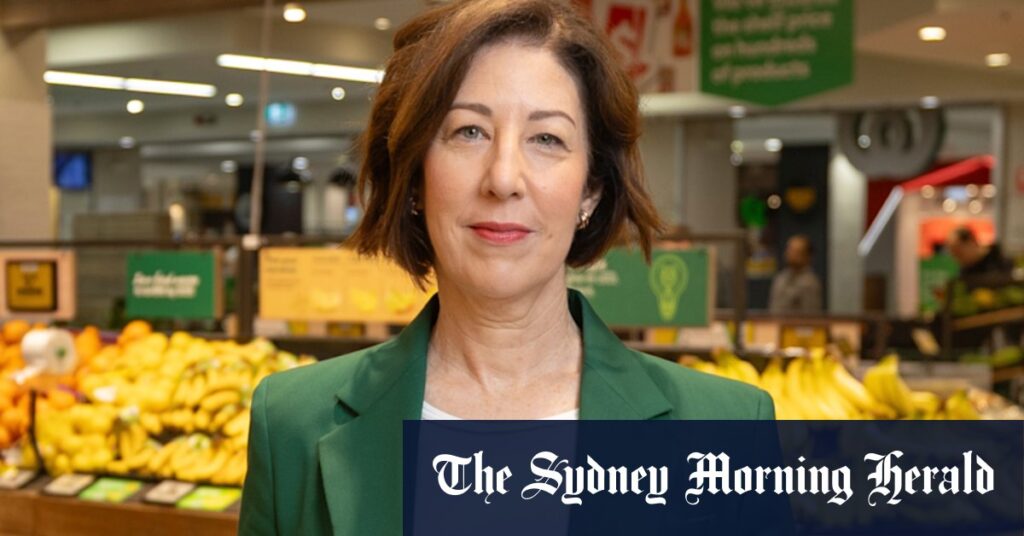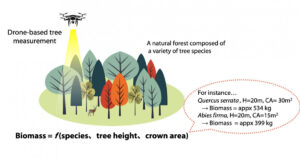
Woolworths’ share price took a significant hit after Australia’s largest supermarket chain reported a 17% drop in full-year profits. This decline is attributed to a tumultuous year marked by worker strikes, prolonged supply chain disruptions, and persistent losses at its discount department store, Big W.
In response, shareholders reacted swiftly, leading to a 13% decrease in Woolworths’ share price. The company’s Australian food business, which is central to its operations, managed to grow sales by only 3.1% to reach $51.45 billion in the fiscal year 2025. Under scrutiny for alleged profiteering during a cost-of-living crisis, Woolworths opted to absorb rising supplier costs rather than pass them on to consumers, who increasingly turned to more affordable home brands and promotional items.
Challenges and Strategic Responses
“Clearly it has been a challenging year up front,” stated Chief Executive Amanda Bardwell during the results presentation for the year ending June 30. “I want to say that we are not satisfied with our financial performance. Our results were below our expectations.”
Over the past year, Woolworths has implemented several strategies to combat these challenges. The supermarket chain reduced prices, increased the number of items on special, absorbed cost increases, and simplified pricing structures. Notably, grocery prices, excluding tobacco, have decreased for six consecutive quarters, with the company focusing on delivering value for money and ensuring product availability.
Market Dynamics and Competitive Landscape
This development follows a period of intense competition within the Australian retail sector. Coles, one of Woolworths’ primary competitors, has been gaining ground, further intensifying the pressure on Woolworths to retain its market share. Analysts suggest that Woolworths’ recent financial performance reflects broader industry trends, where consumer preferences are shifting towards cost-effective options amidst economic uncertainty.
By the Numbers: Woolworths’ Australian food business sales grew by 3.1% to $51.45 billion, while the share price fell by 13% following the profit announcement.
Meanwhile, the strikes and supply chain issues that plagued Woolworths over the past year have highlighted vulnerabilities in its operational model. These disruptions not only affected product availability but also strained relationships with suppliers and employees, prompting calls for more robust contingency planning.
Expert Opinions and Future Outlook
Industry experts believe that Woolworths must innovate and adapt to remain competitive. According to retail analyst Sarah Thompson, “Woolworths needs to focus on enhancing its supply chain resilience and exploring new revenue streams to offset losses from Big W and other underperforming segments.”
Looking ahead, Woolworths plans to continue its focus on value and customer satisfaction. The company is investing in technology to streamline operations and improve the shopping experience, aiming to regain consumer trust and stabilize its financial performance.
“Our priority is to deliver value to our customers while maintaining operational excellence,” said Amanda Bardwell, emphasizing the company’s commitment to overcoming current challenges.
The move represents a critical juncture for Woolworths as it navigates a complex retail environment. The company’s ability to adapt and innovate will be key to its recovery and future success in the competitive Australian market.
As Woolworths strategizes its next steps, stakeholders will be closely monitoring its progress and response to ongoing market pressures. The coming months will be pivotal in determining whether the company can successfully turn the tide and restore investor confidence.







